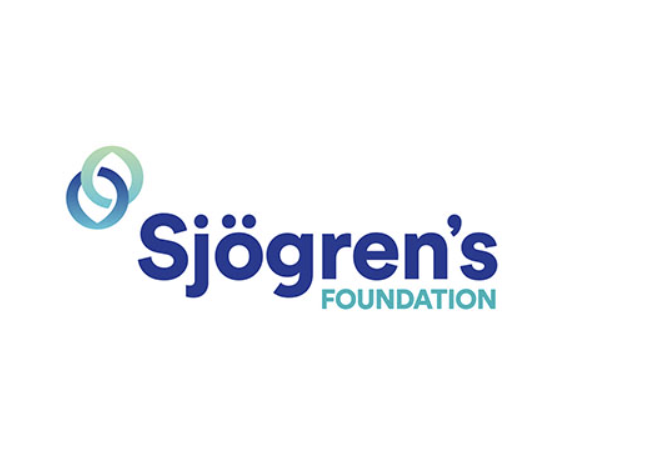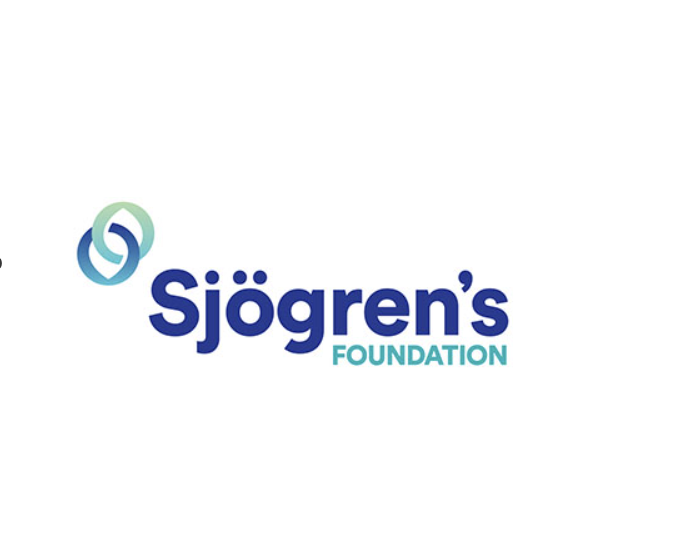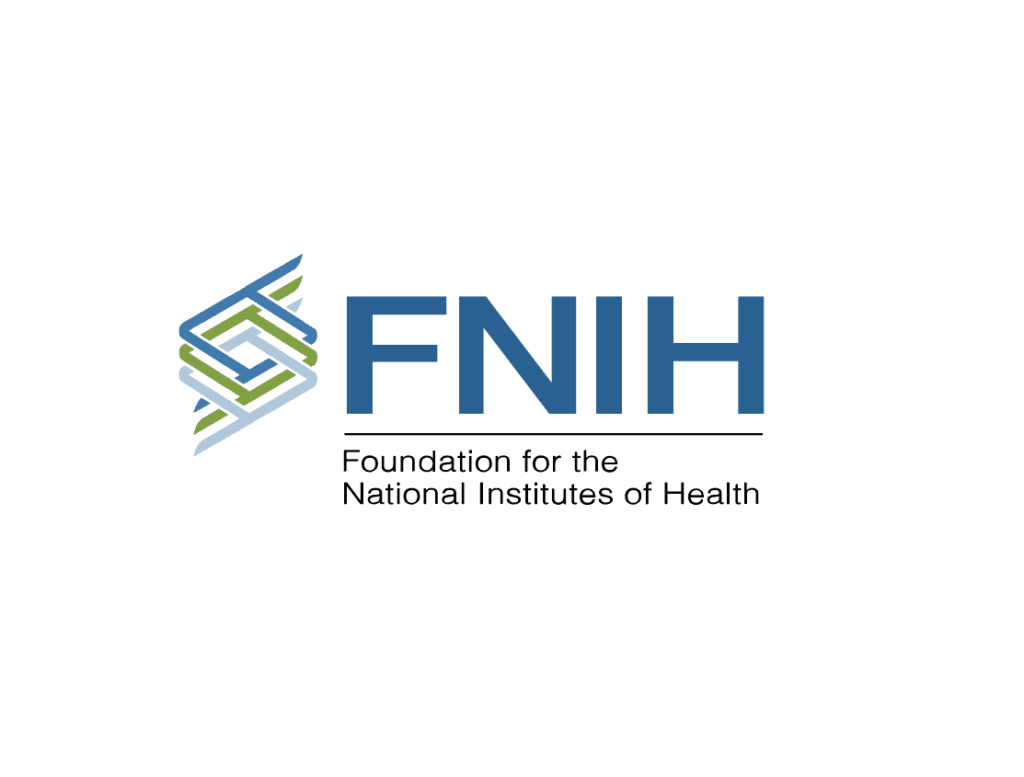

April is Sjögren’s Awareness Month: A Time to Highlight Patients and the Message that Sjögren’s is a Serious and Systemic Autoimmune Disease!
By Janet Church, President and CEO of the Sjögren’s Foundation
April is Sjögren’s Awareness Month, and the Sjögren’s Foundation takes this opportunity to create more awareness about this complex disease and to highlight patient stories that demonstrate the diversity of our patient population and the range of disease manifestations. This is critical because Sjögren’s is a misunderstood and underdiagnosed disease. Sjögren’s experts project that approximately two million Americans have Sjögren’s and do not know it; therefore, they are not receiving treatment.
Sjögren’s (“SHOW-grins”) is a systemic autoimmune disease that affects the entire body. Along with symptoms of extensive dryness throughout the body, other serious complications include profound fatigue, chronic pain, major organ involvement, neuropathies, and lymphomas. There are no specific therapies to manage Sjögren’s.
Sjögren’s Inflection Point
We are at a very exciting time for Sjögren’s! Within the next five years we will learn the results of exciting research, such as the NIH AMP® AIM (Accelerating Medicines Partnership® Autoimmune and Immune-Mediated Diseases) program. There are many other research projects in play that will also offer important data to help us create better criteria to accurately diagnose and treat the disease. This research could change what we know about Sjögren’s and how it relates to other autoimmune diseases. We will also see at least one new systemic therapy on the market. Currently, there are twenty-one (21) systemic therapies in clinical trial: eight (8) in Phase 1, ten (10) in Phase 2 and three (3) in or coming into Phase 3 in 2023. With ground-breaking research and new therapies in the pipeline, we believe we are at an inflection point for this disease!
Understanding Sjögren’s
Approximately half of Sjögren’s patients only have Sjögren’s while the other half has Sjögren’s with the presence of another autoimmune connective tissue disease such as Rheumatoid Arthritis, Lupus, or Scleroderma. Sjögren’s is often misrepresented as a rare disease, however it is estimated that there are four million Americans living with this disease, making it the second most prevalent autoimmune rheumatic disease. As stated above, approximately half of this population is undiagnosed.
Sjögren’s impacts each patient differently. The disease can affect anyone at any age, although nine out of ten patients are female. As Sjögren’s is a systemic disease affecting the entire body, symptoms may remain steady or worsen over time. Because disease manifestations show up differently in patients, there is no universal, recognized progression of Sjögren’s. While some people experience mild discomfort, others may experience a significant physical burden that prevents them from having a reasonable quality of life. Variability in symptoms across the patient population can make it challenging for patients and their physicians to manage the disease.
Sjögren’s patients commonly have five (5) to seven (7) health care providers to guide patients on the management of the disease and the specific manifestations experienced. The physicians that a patient generally sees, in addition to their primary care provider, are optometrists, dentists with experience in Sjögren’s, rheumatologists, otolaryngologists and/or an ENT provider, nephrologists, pulmonologists, gastroenterologists, cardiologists, and neurologists. In some cases, lifestyle changes can help certain symptoms such as fatigue, pain, and gastrointestinal reflux. In most cases, a disease management plan includes prescription medications, over-the-counter products, and lifestyle suggestions. Because of the number of physician visits, medications, and over-the-counter products needed to live comfortably and slow potential progression, Sjögren’s is a very expensive disease for patients.
What we know about Sjögren’s will soon change – for the better! As a Sjögren’s patient, I am extremely hopeful for our future, and I look forward to the ongoing work with patients, clinicians, researchers, and industry to change the way we diagnose and treat this disease. Together we can conquer the complexities of Sjögren’s and improve the quality of life for all Sjögren’s patients.
View our April Awareness Patient Stories.
Learn about Sjögren’s clinical trials.
Visit www.sjogrens.org to learn more about Sjögren’s.
NOTE: If you or someone you love experiences unexplained fatigue, dry eyes/mouth/nose, and joint or muscle pain, please talk with your doctor about testing for Sjögren’s.
The Sjögren’s Foundation is a member of the National Health Council. For more information on NHC membership, please email membership@nhcouncil.org.


